Seilerstaette
The Year Off
Birgit Megerle
November 15, 2019 – January 18, 2020
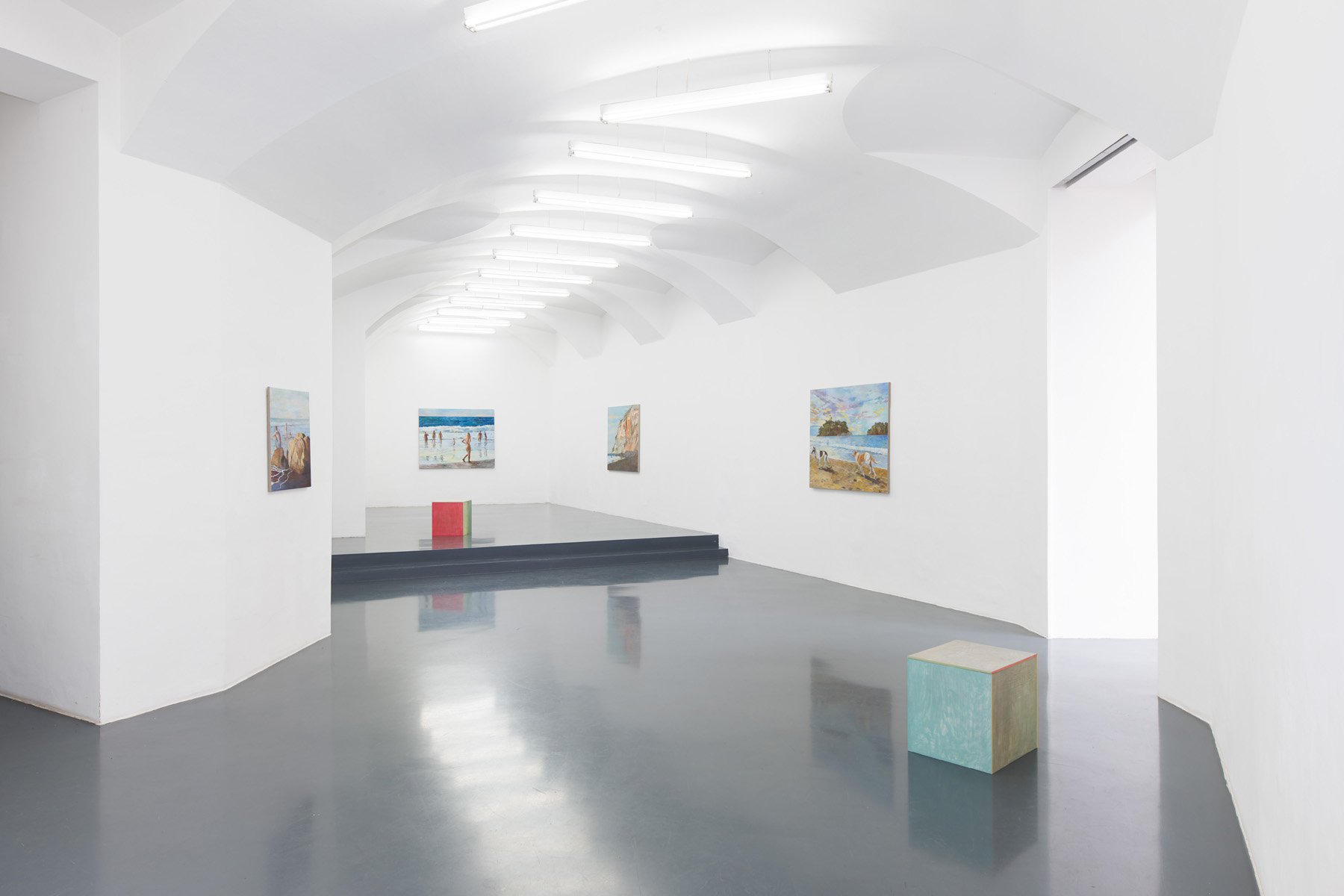
Birgit Megerle
The Year Off, 2019
Installation view
Layr Seilerstaette, Vienna
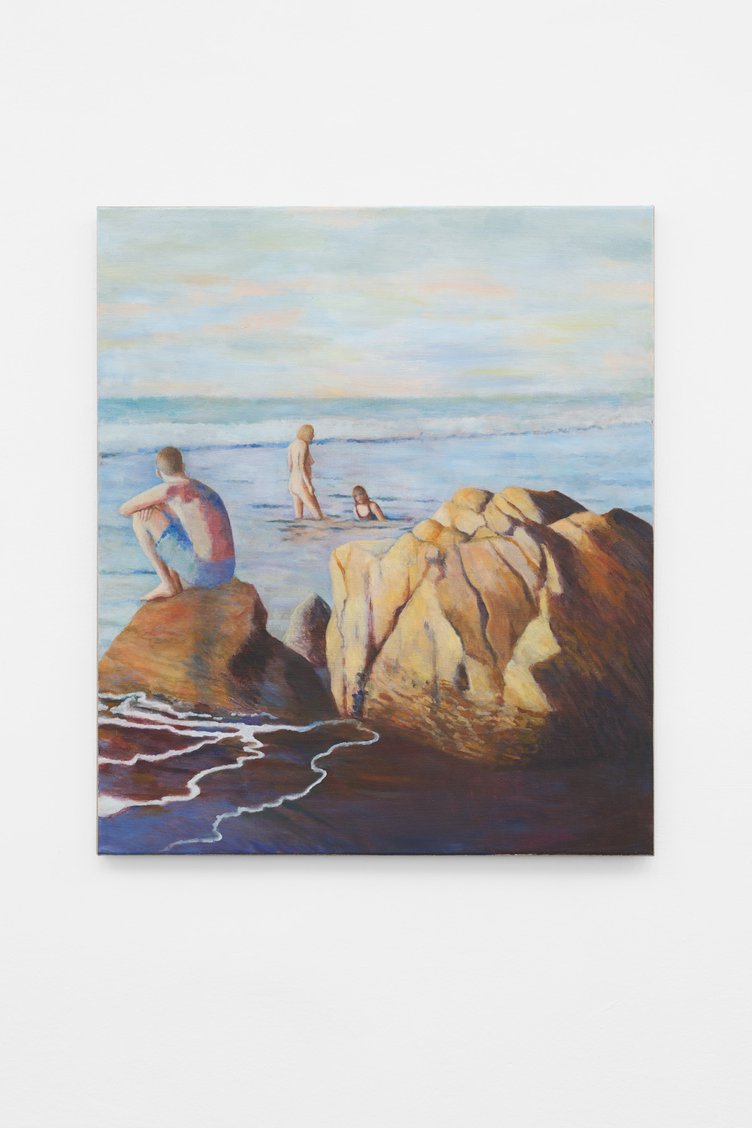
Birgit Megerle
Rock, 2019
Oil on linen
70 × 60 cm
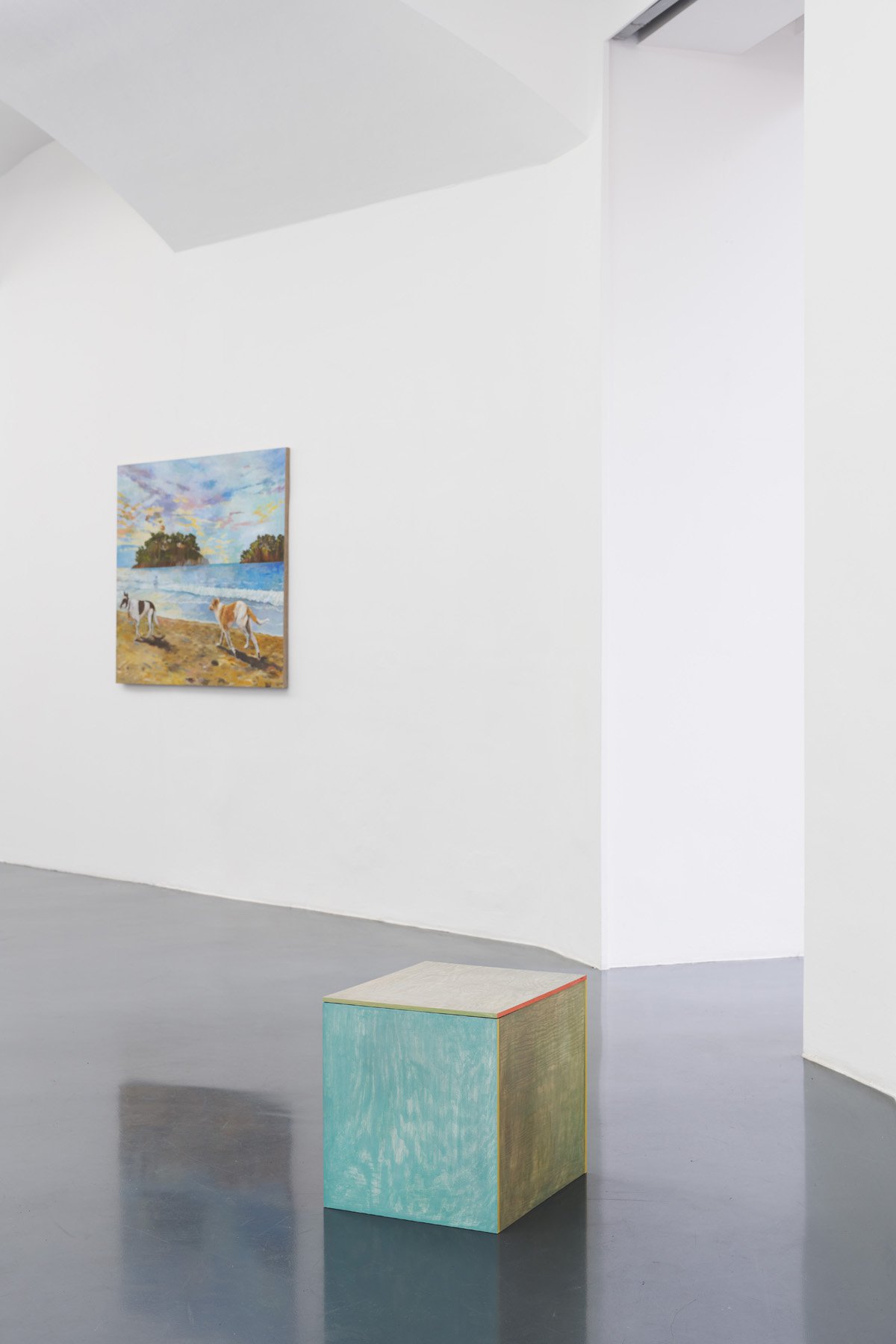
Birgit Megerle
The Year Off, 2019
Installation view
Layr Seilerstaette, Vienna
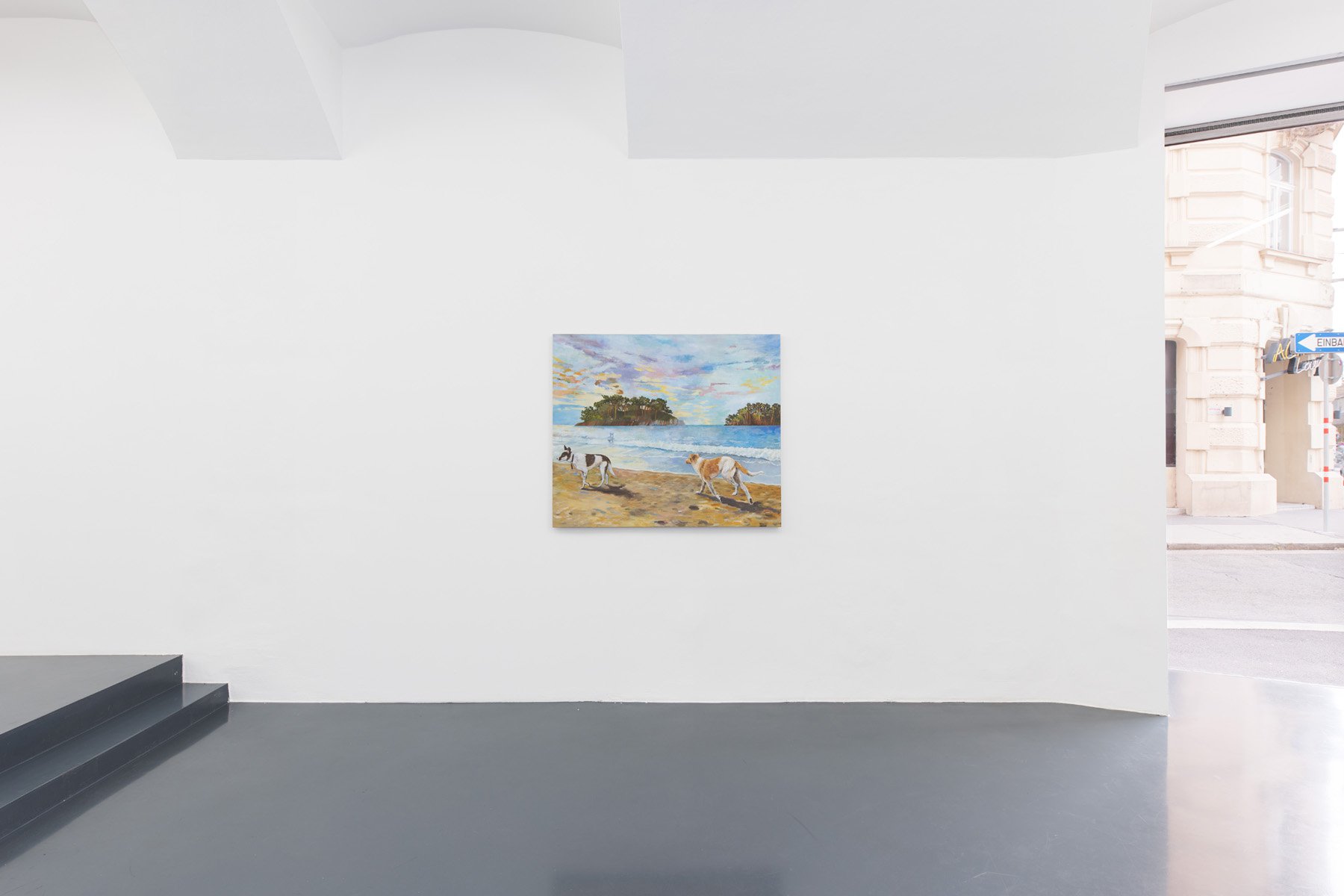
Birgit Megerle
The Year Off, 2019
Installation view
Layr Seilerstaette, Vienna

Birgit Megerle
The Year Off, 2019
Installation view
Layr Seilerstaette, Vienna
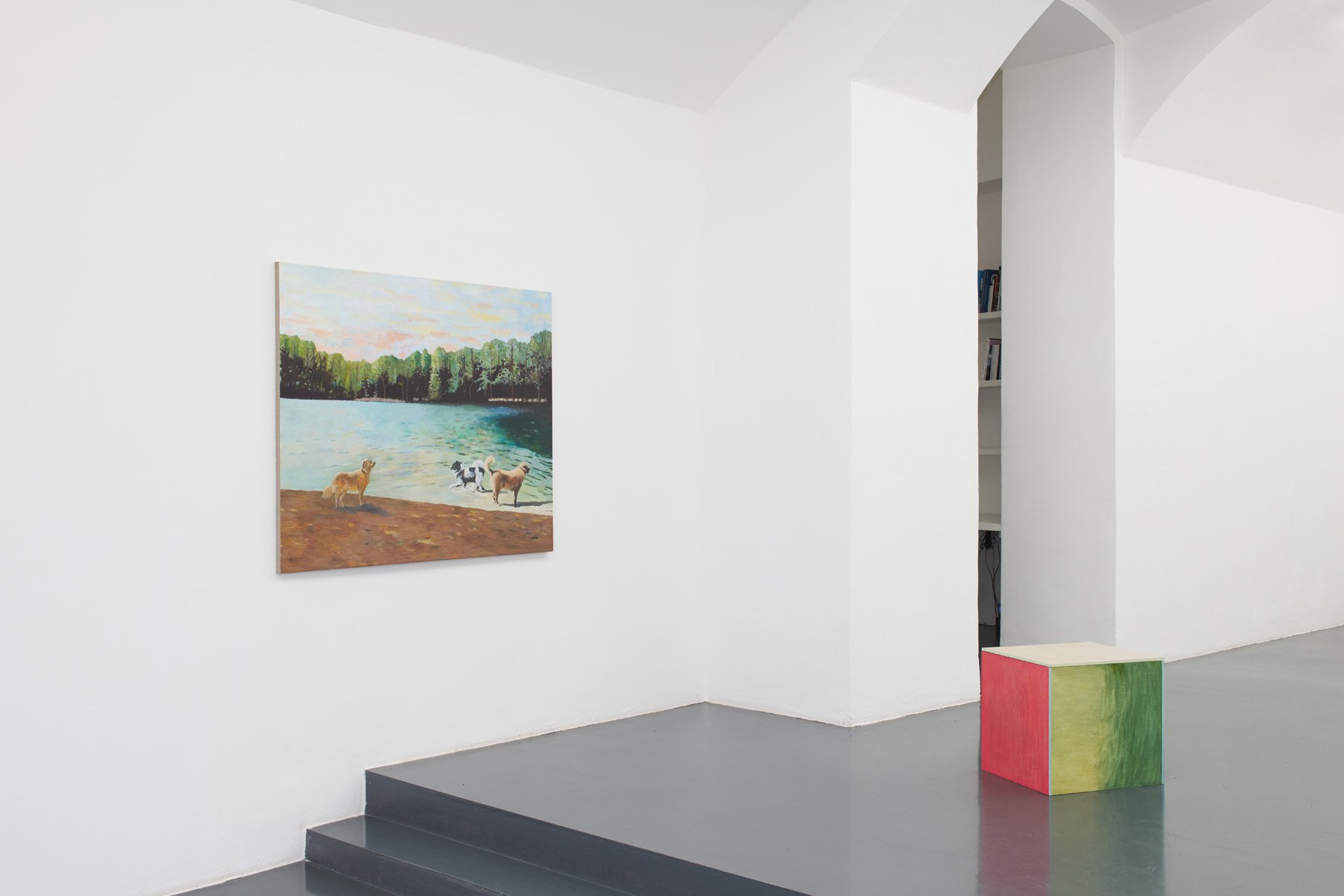
Birgit Megerle
The Year Off, 2019
Installation view
Layr Seilerstaette, Vienna

Birgit Megerle
Splash, 2019
Oil on linen
110 × 130 cm

Birgit Megerle
Pedigree Pals, 2019
Oil on linen
190 × 150 cm
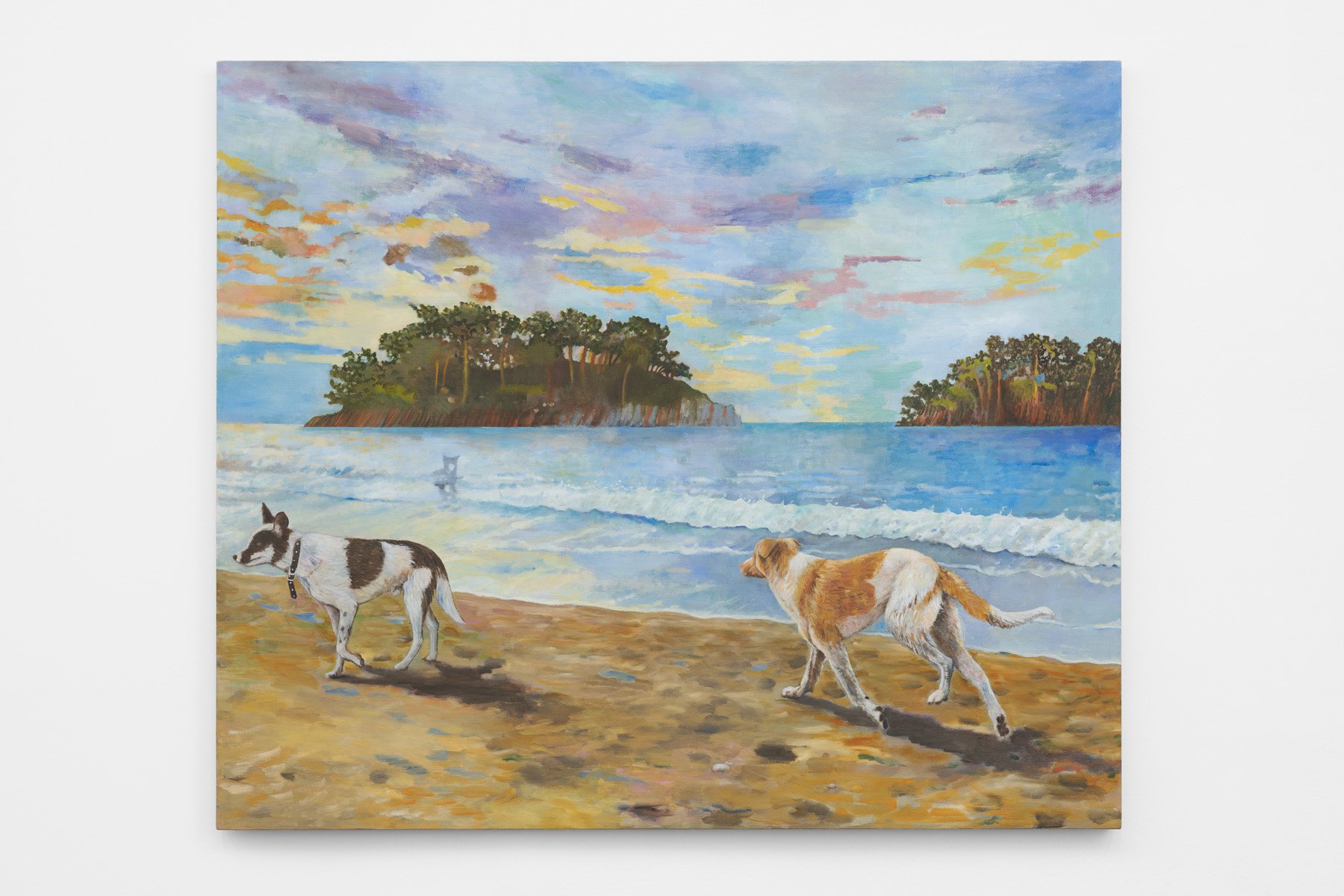
Birgit Megerle
Pack, 2019
Oil on linen
110 × 130 cm

Birgit Megerle
The Year Off, 2019
Installation view
Layr Seilerstaette, Vienna

Birgit Megerle
The Year Off, 2019
Installation view
Layr Seilerstaette, Vienna
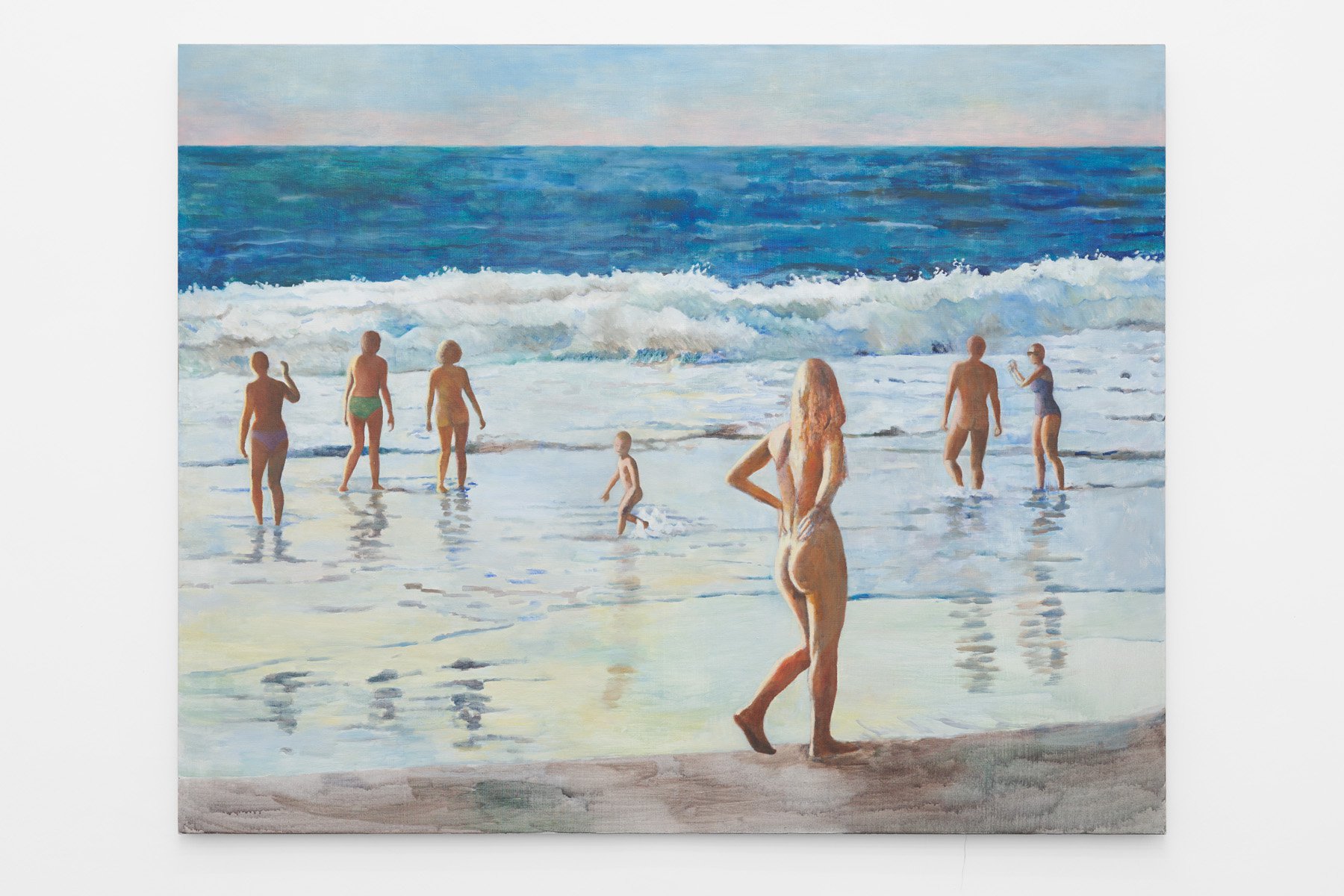
Birgit Megerle
La Vague, 2019
Oil on linen
120 × 150 cm
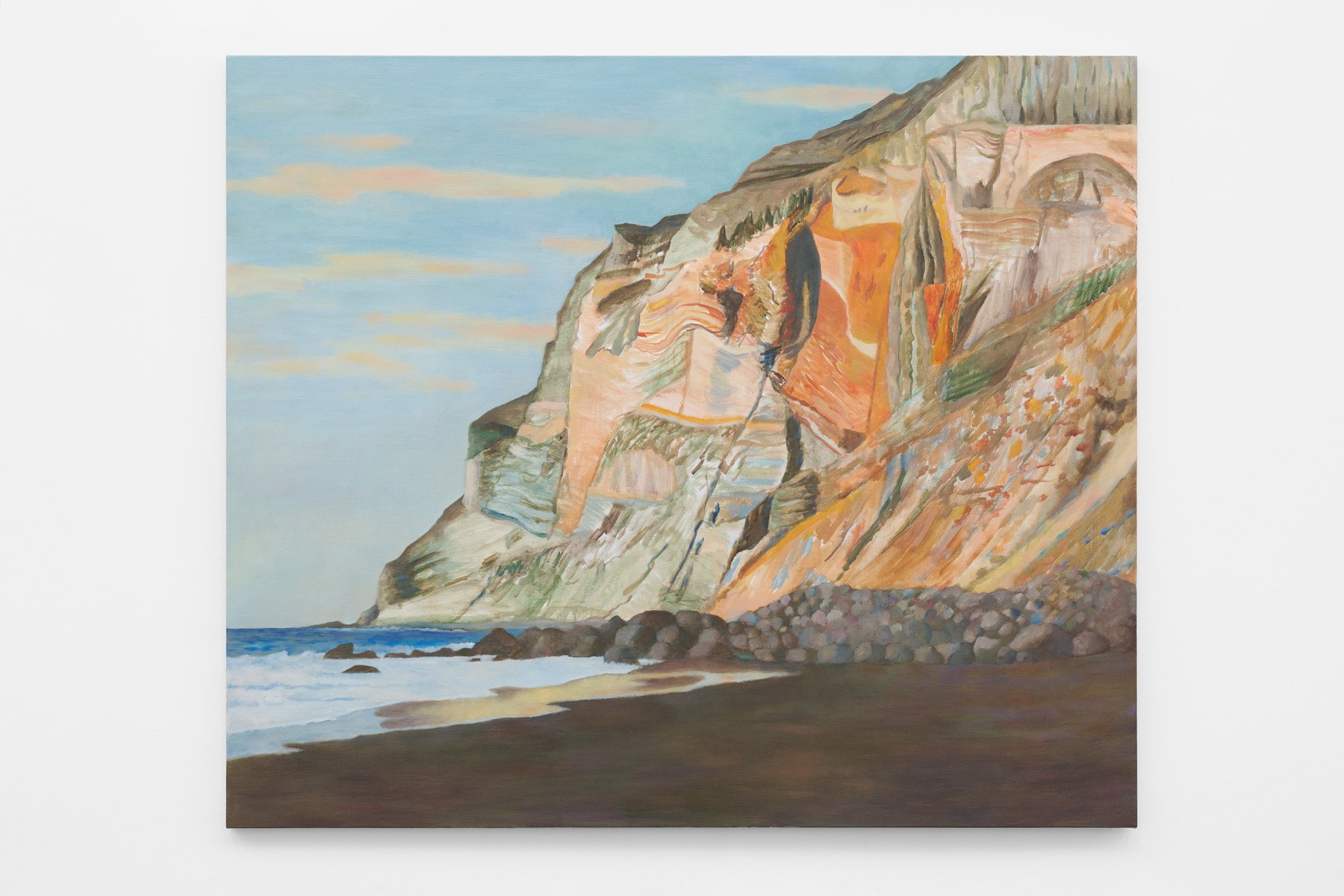
Birgit Megerle
Champ de Mars, 2019
Oil on linen
110 × 130 cm
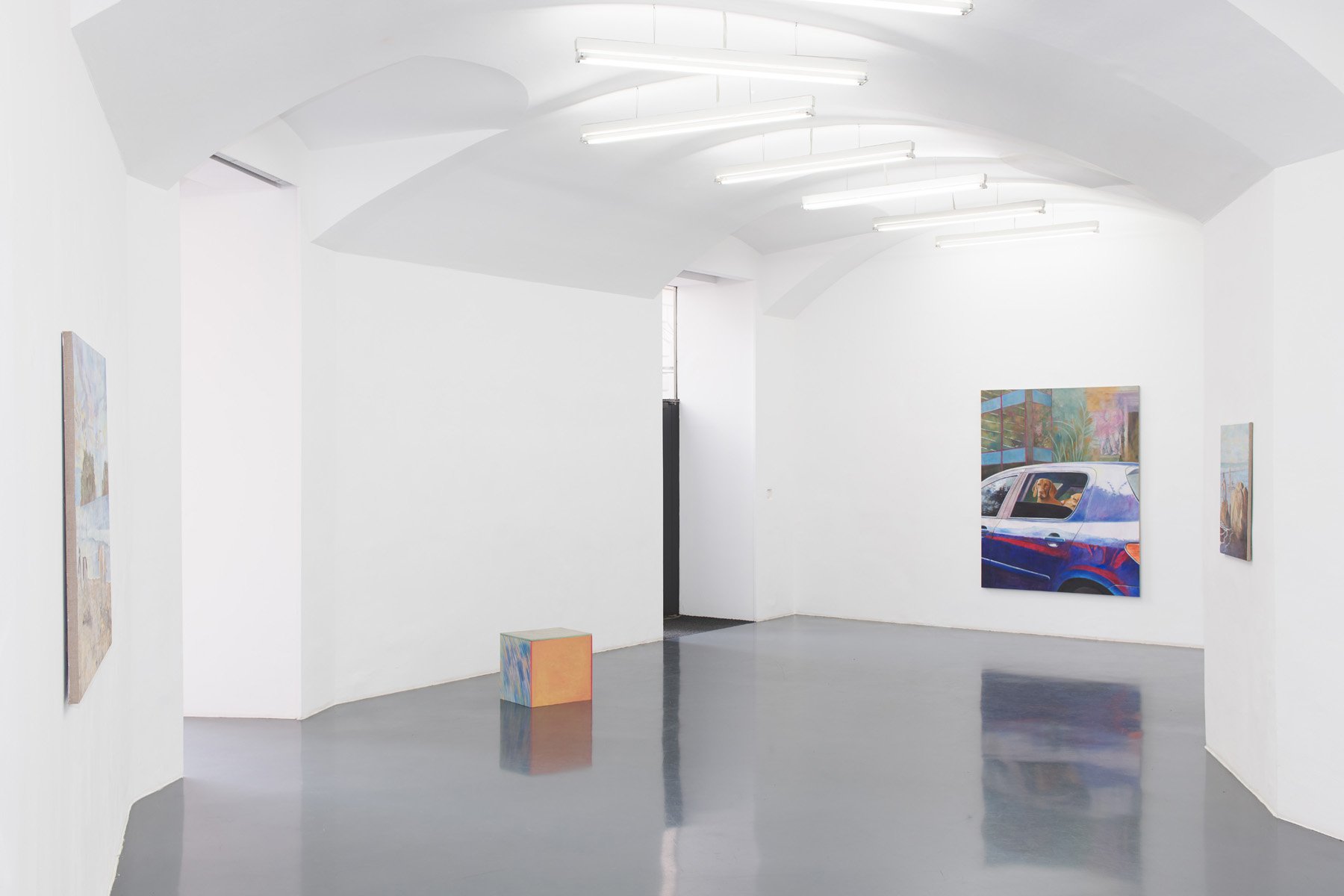
Birgit Megerle
The Year Off, 2019
Installation view
Layr Seilerstaette, Vienna
Mostly moving outside the city´s transformative reality, which today no longer offers itself as a complex organism with many functions and infinite relationships (Baudelaire) but rather as a vast network, meta-city (Virilio), Birgit Megerle goes in search of an exclusive territory in which she can test by force of ideas as well as techniques her abilities as a painter. The landscape, both natural and cultural, being the outskirts of a city or the Jurassic crust of a volcanic island, becomes for Megerle shore and refuge, interrogation and landing place for a research that privileges the ability to interfere with the environmental context, urging unexpected intervals and sudden concentrations.
Admiring some of the recent canvases, which will be part of the artist’s second solo exhibition at Galerie Emanuel Layr in Vienna, it occurs that Megerle has worked a bit in the manner of a land artist, that is to say, she performed complete interventions. She used nature as a fragment upon which to make changes: working on boundless spaces, sometimes capturing a Freikörperkultur at its most typically utilitarian instance, adding panties here and there, or luxuriant atolls where there were none… or moving geological masses from right to left. Acting not on but inside nature (and inside the specificity of a scape), Megerle has almost come to coincide with her objects, identifying with the landscape, with some of the people perhaps, with her dogs, leaving her own self behind.
The fact that Megerle broke the objectifying threshold of the plein air painter is not a surprise. On the other hand, if we carefully focus on the peculiarities of this new corpus, we realize that one of her interests was possibly to reaffirm the presence of limits – the lake´s opposite bank, dripping in dark vegetation, is formally and symbolically equivalent to the straight, oceanic horizon caught in the storm. Neither of those circumferences is very reassuring. There is a view of a rocky cliff enclosing a beach, just barely sketched. The dominant surface of the collapsing wall grows in our face with its detailed, textural quality, detaching itself from any traditional framing until it almost obtains all our gaze: the wall attempts at becoming a total landscape.
Pushing the boundaries of a hortus conclusus, inscribing nature in a frame of permanent traces, Megerle subordinates the exterior to her imaginative purpose, subjecting it to the charm of every extension of the self. The path of light that shatters on the bodies at sunset or on a stray dog´s hair in the streets of Buenos Aires is rendered via accentuations in brush strokes or quasi-pointillistic stains of color. Megerle´s gaze is directed at the microcosm of the world surrounding her: the closest possible views of the narrowest possible slice of life, the radical compression of time are transported on canvas but not necessarily with the same binding character of a “finished” composition.
A couple of dogs sit in a VW, searching for the light outside the car´s window, each absorbed in the opposite direction. I cannot help but recall one of Schopenhauer´s most exhilarating disputes, the one with Goethe on the theory of colors.(1) As it is told in the Gespräche, the walls of his study were adorned almost only with portraits of dogs. When his friend Frauenstädt asked him if there was a veil of irony in his choice, Schopenhauer replied: “Yeah, dogs!“, jumping up from his chair. “In the Münchener Zeitung they wrote that I hate men and that I am surrounded by a pack of dogs. Well, I have a beautiful poodle, which is one of my best friends. Goethe was wrong when he called dogs creatures as miserable as man; and this I have already expressed in my seventy-third Venetian epigram:
No wonder some slander dogs,
Because too often the dog shames the man.”
© Francesca Lacatena, 2019
(1) Despite the great age difference, in 1813 Goethe invited Schopenhauer to join him in doing experiments with color theory, which was then the favorite subject matter of the poet. From that moment on a confidential relationship was established between the two as they worked closely together for six months. “What,” Goethe said to me with his eyes from Jupiter, “would there be light only inasmuch as you see it?” “No,” I said, “you would not be there if the light didn’t see you.“ In Schopenhauers Gespräche und Selbstgespräche nach der Handscrift εις εαυτον, hg. von Johann A. Becker, Berlin 1898.